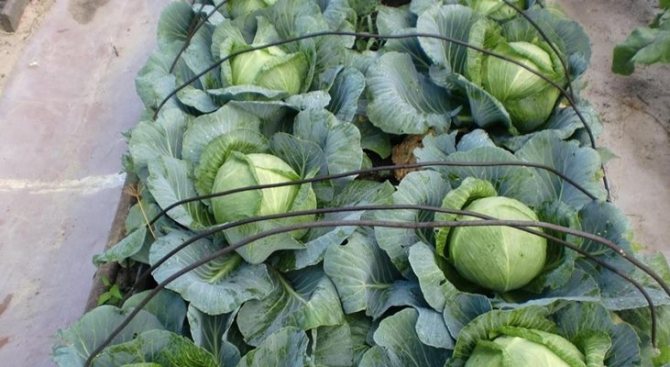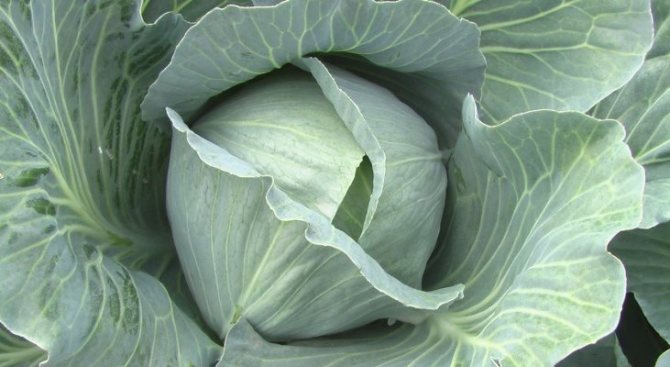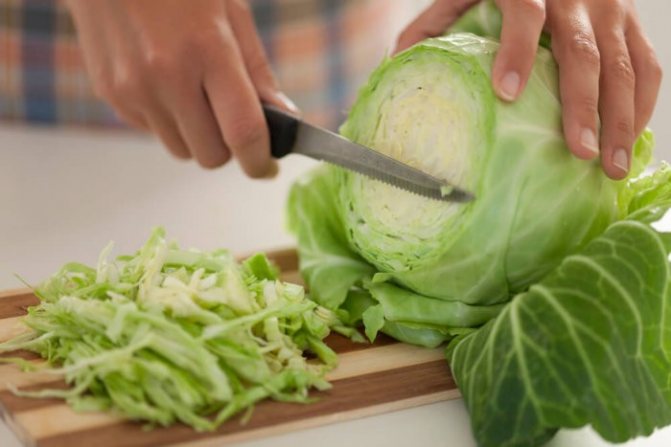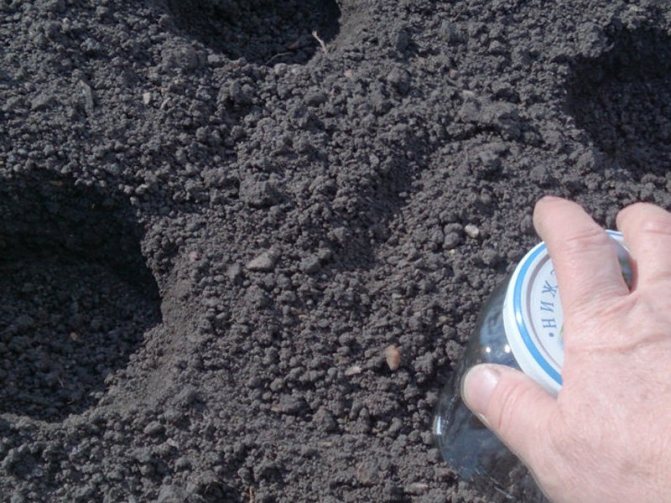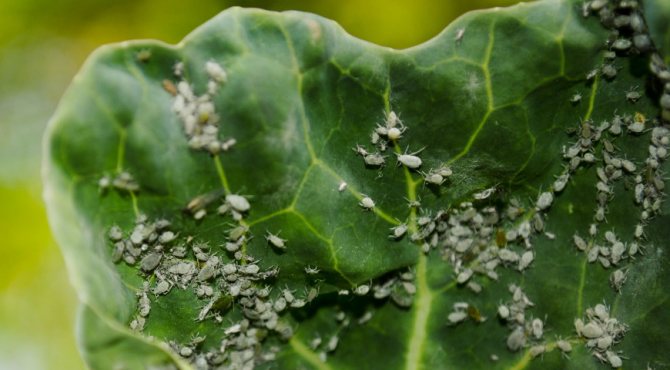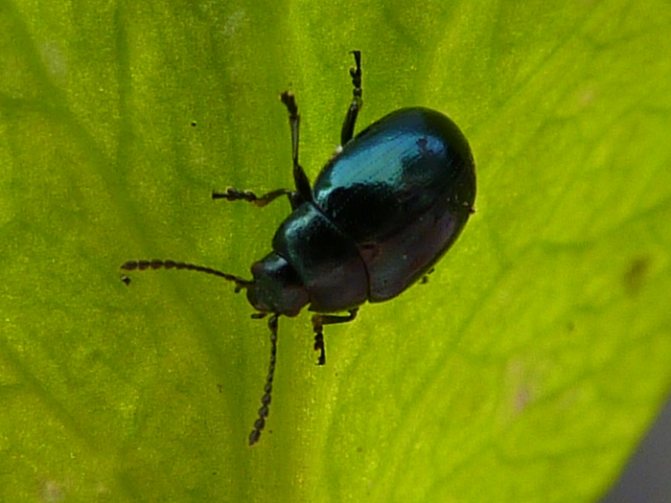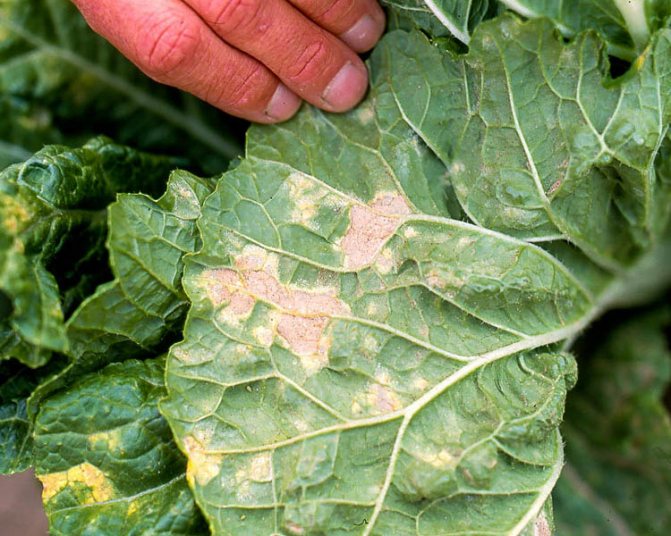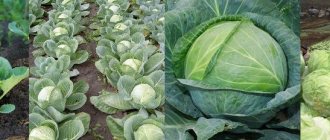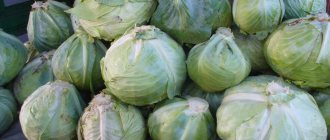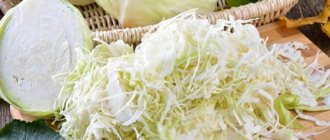The Dutch-made Rinda cabbage has gained high popularity among Russian gardeners. The reason for this is the good taste of the vegetable, impressive yield, resistance to diseases and weather conditions. But like any other hybrid variety, Rinda requires certain planting and cultivation rules to be followed. Only in this case summer residents can count on a high yield.

Rinda cabbage
Description and distinctive characteristics of the variety
The heads of cabbage variety Rinda (also called Rinda F1) are light green in color and are spherical in shape. The structure of cabbage leaves is thin but dense enough. The average weight of one head of cabbage ranges from 4 to 6 kg. The stump is short, the leaf spreading is medium. Cabbage leaves are very tender and juicy.
The main distinguishing feature of this variety is its resistance to head cracking when fully ripe.


Rinda cabbage variety is widespread in the CIS countries
Advantages and disadvantages of the variety
Like any horticultural crop, Rinda cabbage has a number of advantages and disadvantages. Considering all the features of this variety, it is possible to prevent possible troubles regarding common diseases and pests of cabbage without any particular difficulties, as well as increase its yield and improve its presentation.
Table: Pros and Cons of Rinda
| Dignity | disadvantages |
| High yield | Low resistance to prolonged drought |
| Undemanding to soil and climate | Increased demand for sunlight (lack of light and excessive thickening lead to a decrease in yield) |
| Good resistance to diseases and pests | |
| Heads of cabbage do not crack | |
| Long-term storage | |
| Excellent taste | |
| High level of transportability |
Video: Rinda variety
Breeding history
Rinda F1 is a hybrid variety bred on the basis of White Cabbage (Brassica oleracea var. Capitata) by Dutch breeders of the Monsanto agricultural firm. The culture has an average ripening period. The seeds of this variety can be found on sale under the Seminis label (this is the name of a subsidiary of Monsanto). Since 1993, the variety has been listed in the State Register and recommended for the Central and Volga-Vyatka regions.


Rinda F1 cabbage is a popular hybrid variety of Dutch origin
Landing features
To get a rich harvest of Rinda cabbage, it is necessary to follow the planting rules, on which the quality and taste of the fresh vegetable will depend, as well as the preservation of useful properties in case of further processing.
The main nuances of planting Rinda cabbage
Despite the fact that cabbage is planted in the spring, the site should be prepared in the autumn. To do this, during digging, the soil is subjected to liming (0.5 kg / 1 sq.m.) and flavored with organic fertilizers, adding 1 bucket of peat or humus for each square meter. After planting, the area is watered and treated with a herbicide, a chemical that prevents the growth of weeds. Treatment with Ramrod or Semeron preparations is preferable according to the instructions (500-700 mg / 1 sq. M).
Seedless growing method
For a seedless growing method, the preferred season is spring (when the soil is sufficiently humidified by abundant rains). When sowing, the distance between seeds should be 2.5–3 cm from each other, in row spacings - 8–10 cm.
The optimum sowing depth is 2–3 cm. Deeper planting has a negative effect on further germination.
6-7 seeds are placed in each hole, after which the soil must be mulched with horse humus or sawdust. Landing can be carried out in a square-nested way using a 70x70 cm scheme.


In late April - early May, you can sow cabbage seeds in open ground
Before planting the seeds, they must be calibrated in salt water (30 g of salt / 1 l of water) for 7–8 minutes, and then placed in hot water (45–50 ° C) for 30–40 minutes. This soaking prevents the development of pathogenic bacteria in the future.
Planting Rinda cabbage using the seedless method has its drawbacks:
- careful selection of the site and its preliminary preparation;
- careful maintenance during the growing season and multiple weed and pest control.
Seedling method of growing
To plant cabbage using seedling technology, you should prepare the soil in the fall. For this, autumn plowing (digging the soil in the autumn) and organic fertilization are used.
Seedlings are grown in greenhouses using cubes and pots.
- Seeds, pre-calibrated and soaked in hot water, are planted to a depth of 1–1.5 cm.
- Before the first shoots appear in the greenhouse, the temperature must be maintained at around + 20–22 ° C.
- After the seeds have germinated, the temperature should be lowered to + 8-10 ° C.
- After 14 days, cabbage seedlings are transplanted to more free areas in order to improve their viability. This method of transplanting is called picking.
- Before transplanting, the seedlings are watered abundantly.
- The final planting in open ground is carried out only after the appearance of 6-8 leaves.
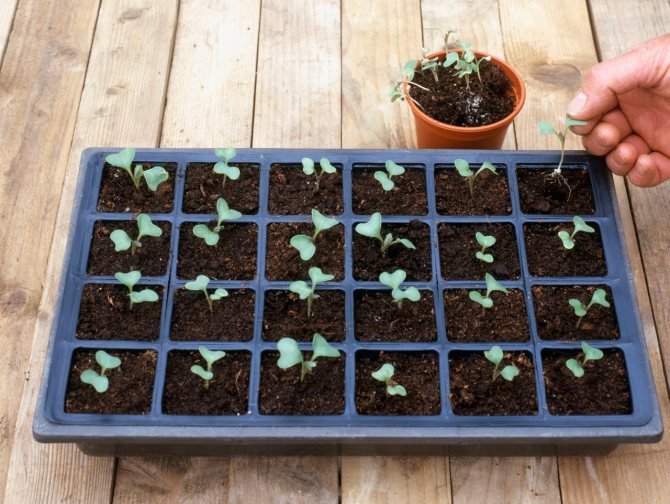

In order for the cabbage seedlings to be strong and stocky, it is better to grow it with a dive, then the seedlings will grow more stocky and strong, and it will be easier to transfer the transplant to a permanent place.
Cabbage care
You can get a high yield of Rinda cabbage only if you care for it carefully. Timely weeding, loosening the soil, treating weeds and watering will provide the plant with proper care.
Watering
Rinda cabbage variety prefers well-moisturized soil. After sowing seeds or germinated seedlings, it is necessary to water every 3-4 days. For 1 sq. m area requires 8-10 liters of water. As the cabbage grows, the amount of water is increased to 12-14 liters per square meter. m, while watering is carried out 1 time in 7-9 days. From the moment the heads of cabbage are laid, watering should be regular.
Each time after watering, the soil should be loosened to a depth of 8–10 cm.
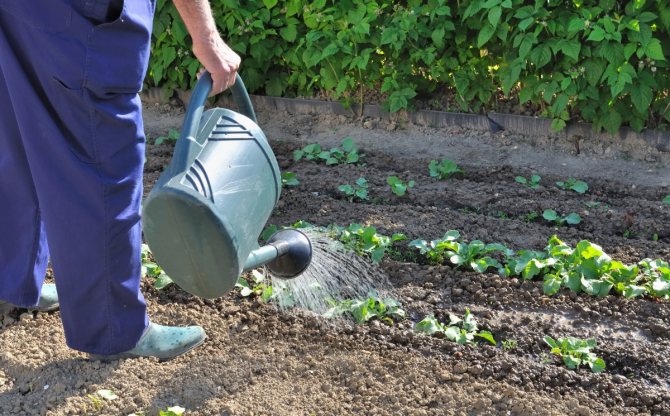

For watering cabbage, it is best to use water heated by the sun.
Hilling
Hilling Rinda cabbage, like all other varieties of white cabbage, is a prerequisite for rational care.
Hilling is done twice during the growth period:
- The first hilling is done 10–15 days after planting in open ground to provide additional support and protection for the still young and immature seedling.
- The second hilling should be done 35–40 days after the first. It helps the cabbage seedling to actively grow and form properly.
For hilling cabbage, it is preferable to choose a windless day without precipitation. The new soil layer after hilling should be about 25–30 cm high.
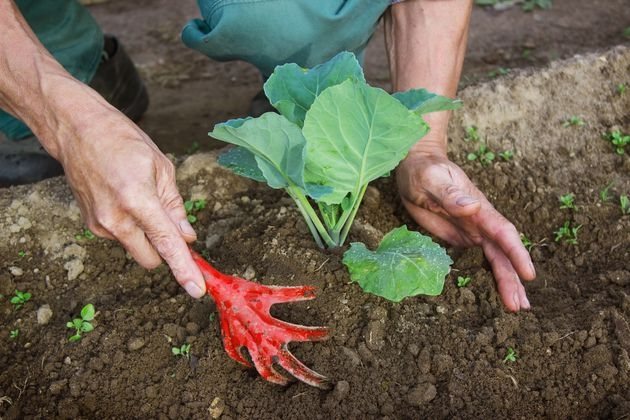

Hilling cabbage is necessary to strengthen the stem and the formation of lateral roots, which will give additional strength to the plant
Top dressing of cabbage
- When planting, horse humus or peat is introduced into the ground at the rate of 1 bucket per 1 sq. M. Also, a mixture of 2 glasses of wood ash, 2 tablespoons of superphosphate and 1 teaspoon of urea is placed in each well.
- During the hardening of seedlings, it is sprayed with a solution of a mixture of urea and potassium sulfate (1 tablespoon per 10 liters of water).
- For root dressing, use a solution of liquid mullein or 500 g of humus with the addition of 1 teaspoon of nitrophoska and 2 tablespoons of wood ash per hole.
Growing and care
The Rinda variety is grown in various climatic conditions. Sowing of seeds falls on the middle to the end of March. When 40 days have passed after the first shoots, you can transfer the plant to open ground. Planting is scheduled for the end of April. It will take about 90 days from the moment the seedlings are transferred to open ground until they are fully ripe. 10 sq. m recommended landing no more than 40 pcs. plants. Excessive thickening will lead to a drop in yield. You should adhere to the planting scheme 35 × 50 cm.
Diseases and pests
The Rinda variety of white cabbage is quite resistant to common diseases and pests affecting the culture. However, for the purpose of prevention, the implementation of the necessary procedures will not give a negative effect, but will only increase the yield and quality of the product.
Table: measures for the prevention and control of cabbage diseases
| Name of the disease | The nature of the defeat | Processing period | Control methods | Prevention measures |
| Blackleg | It affects the stem and root leg in the form of black rot. Leads to lagging plants in growth and development up to death. | Before and after planting, as well as in case of signs of illness. |
|
|
| Downy mildew (downy mildew) | Affects young plants in the form of large gray or brown actively spreading spots. Damaged leaves curl and dry out, which in the future leads to a slowdown in the growth process and death of cabbage. | When the first signs of the disease appear. | Spraying with 1% solution of Bordeaux liquid at the rate of 500 ml / 1 bucket of water and 250 ml / 1 bucket of water for seedling treatment. | Maintaining an optimal level of soil moisture, avoiding water stagnation, leading to disease. |
| Keela | It develops in the root system. It manifests itself in the form of white growths that impede the penetration of nutrients and lead to the death of the crop. | Before disembarkation and in case of illness. | Timely recognition of diseased roots at the seedling stage. Affected seedlings are dug up together with a clod of earth and destroyed. |
|
Photo gallery: possible diseases of the Rinda variety


A characteristic feature of a black stem is darkening and decay of the lower part of the stem
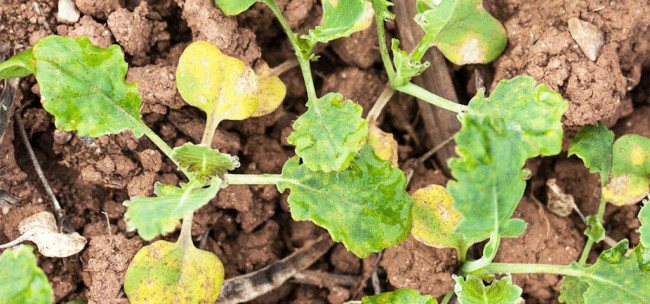

Downy mildew is spread by spores of the pathogen fungus through infected seeds
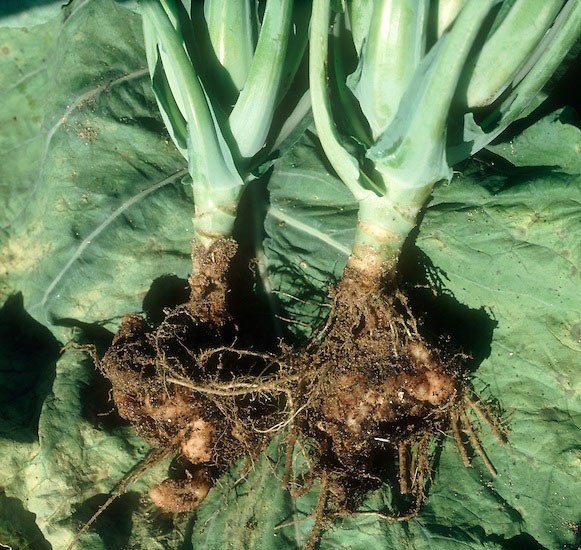

Keela is a fungal disease against which even weeds of the cabbage family are powerless
Video: keela is a dangerous disease for cabbage
Table: measures for the prevention and control of cabbage pests
| Name of the pest | Description and nature of the defeat | Processing period | Control methods | Prevention measures |
| Cabbage aphid | Aphids suck sap and nutrients from the leaves, causing them to curl and dry out. With the massive appearance of the pest, the leaves become discolored, and sometimes acquire a blue-pink tint. | When a pest is found. | Treatment of plants with a solution of laundry soap (40 g / 10 l of water) using a rag, as well as spraying with tinctures of tobacco, potato and tomato tops. |
|
| Cruciferous flea | Damages young seedlings, gnawing holes in the leaves, which leads to drying and death of the shoots. | Pollination with a mixture of ash and tobacco in a 1: 1 ratio (30 g per 1 sq. M). | Regular weeding, removal and destruction of weeds. | |
| Cabbage leaf beetle | Beetles damage the leaves by sucking out all the nutrients from them, which leads to the drying out and death of the plant. |
Cabbage is processed in the morning before sunrise. | Regular weeding and burning of weeds. |
Photo gallery: possible pests of Rinda
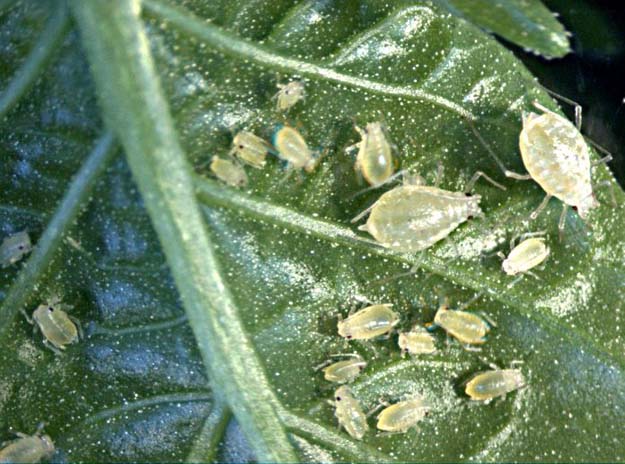

With the massive appearance of cabbage aphids, plants lag behind in growth, the development of heads of cabbage stops
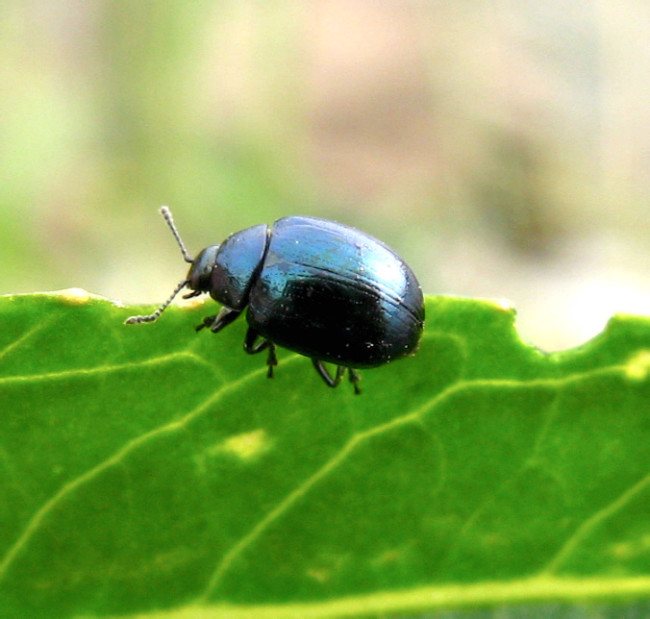

The cabbage beetle damages the leaves by eating through large holes or notches along the edges.
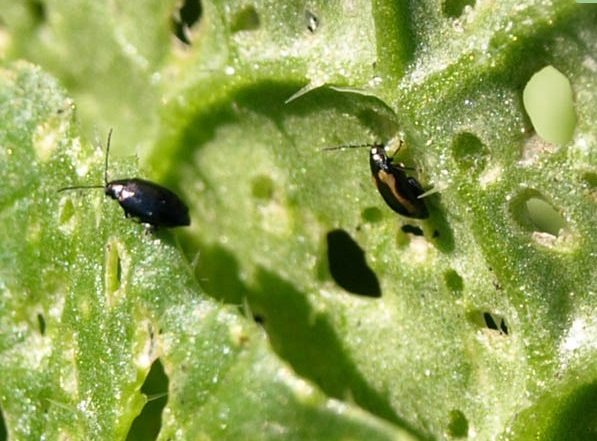

Cruciferous fleas are very voracious
Harvesting and storage
The harvest of Rinda cabbage is 8-10 kg per 1 sq. m. Harvesting is in August - September. Maturation of heads of cabbage is simultaneous. Heads of cabbage are cut with a sharp knife in dry weather.
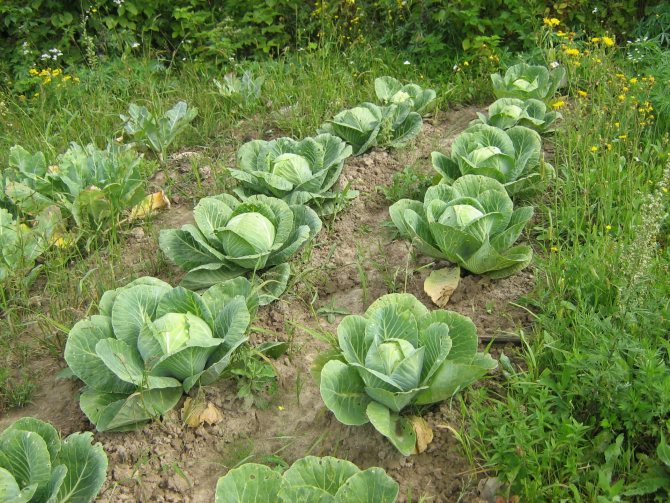

Rinda cabbage heads ripen almost simultaneously, which greatly facilitates harvesting
The variety of this cabbage is stored for a long time: in a cool dry cellar or basement, the period increases until the next planting.
To preserve moisture in the head of cabbage, it is enough to wrap it with a sheet of paper. Dusting the heads of cabbage with chalk dust will protect them from premature rot. Depending on the volume of the harvest, cabbage is stored on shelves or suspended on a fixed stump. Vegetables can withstand long-term transportation without losing their marketable and consumer appearance.
Rinda cabbage is excellent for fresh consumption, and also does not lose its taste and useful properties when fermented and stewed.
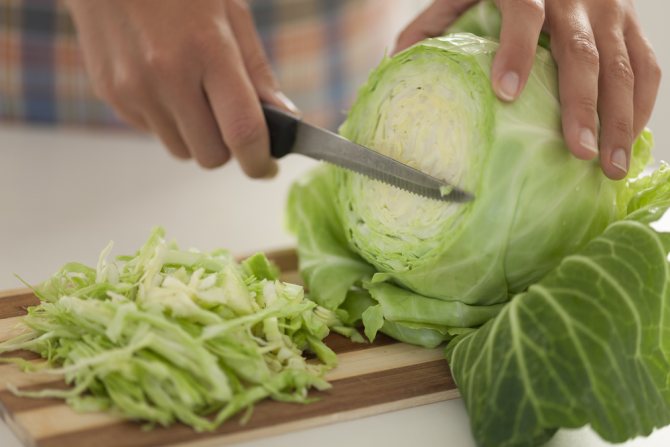

The most suitable way to process Rinda cabbage is by pickling
Advantages and disadvantages of a hybrid
Summer residents really like Rinda because of the large number of advantages:
- It is a high-yielding variety. Up to 10 kg of cabbage are harvested from 1 m2.
- Heads of cabbage ripen very amicably, which makes harvesting easier when grown on an industrial scale.
- The hybrid is unpretentious to climatic conditions and grows equally well both in warm regions of the country and in more temperate ones.
- Cabbage is unpretentious to the type of soil.
- The hybrid has a fairly good immunity that protects against most cabbage diseases.
- Possesses good taste.
- It is universal. It can be processed (fermented) or used for making salads, stuffed cabbage, etc.
- Does not lose its qualities during transportation.
- Resistant to head cracking.
- It has an attractive presentation, which is why it is in great demand in the market.
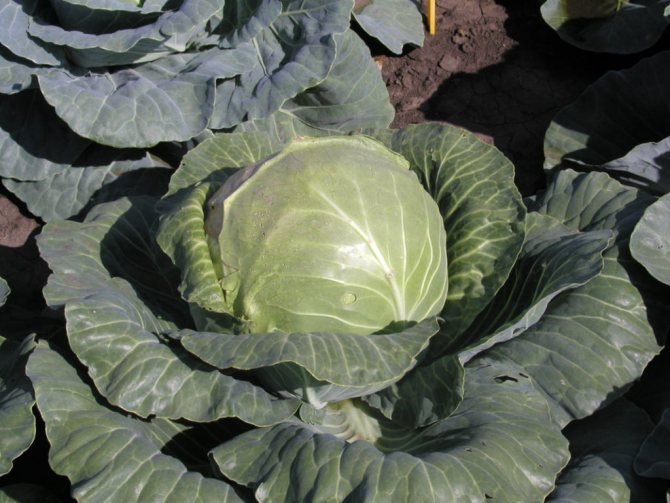

Does the hybrid have disadvantages? Yes, like any crop. Firstly, the variety is unstable in the face of prolonged droughts. Under these conditions, the hybrid slows down its vegetation and ultimately produces a poor harvest.
Secondly, Rinda F1 does not grow in shaded conditions. This hybrid needs good lighting. Otherwise, you should not expect a good harvest.
Reviews of gardeners about the Rinda cabbage variety
Last year we planted two varieties of cabbage "Rinda" and "Sugarloaf". We will not plant "Rinda" anymore, as it is all cracked and the slugs ate it.
Oussov
For several years now, in addition to new varieties, I have been planting Rinda for pickling, and for food - an average Mother-in-law. Rinda produces not very large heads of cabbage, but sweet and lies in the basement until May, leaves are soft, suitable for stuffed cabbage.
Tikhonovna
Rinda grew up to 12-13 kg, but it is poorly stored.
Elena LA
My Rinda F1 is growing by leaps and bounds.
marusya
For the third year I have been planting cabbage, called Rinda. Heads of cabbage 3 kg, I liked to grow - cabbage stumps do not jump out of the ground! She kept it in the cellar until February!
mlp1959
Rinda white cabbage is a popular variety that is in significant demand among consumers and summer residents.It is considered one of the best varieties for long-term storage. Heads of cabbage do not crack when ripe and prolonged stay in the beds. Important advantages are: resistance to common diseases and pests, unpretentiousness in cultivation and care.
The desire to learn something new every day contributes to the improvement of professional skills. Rate the article:
- 5
- 4
- 3
- 2
- 1
(1 vote, average: 5 out of 5)
Share with your friends!

